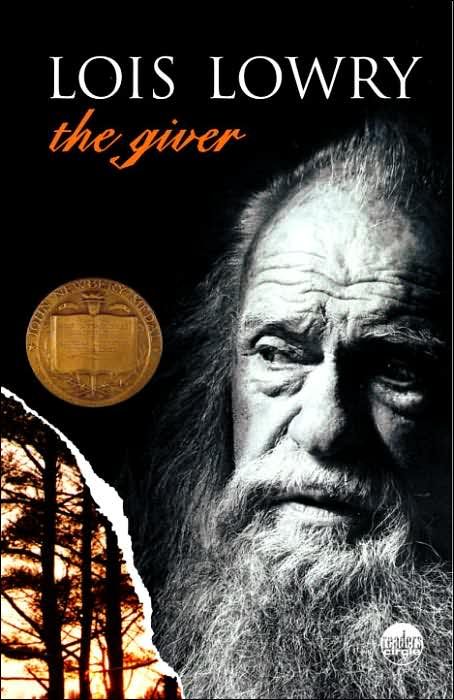Written by James Howe
Children's Novel Ages 10-14
Rating: 4.5/5
Four misfits ban together at school and become the "No Name" party running for school elections! Can the anonymous and unpopular gang make the cut and run the school?
 Opinion: I really liked this book! I have to admit the idea seemed a little cliche at first: a group of "uncool" friends get sick of being mistreated and attempt to take down the "in-crowd." It just seems like I have heard the plot line many times before. Sort of good vs. evil middle-school version. Though the story line is cliche and some of the lines seem familiar, Howe is a very detailed and descriptive writer and makes up for it with the development of his characters. Bobby is a wonderful narrator and paints a true, down-to-earth picture of what it is like to live in his shoes. The language is great: EVERY single thing he describes is "show, don't tell." The Gang of Five's Friday Forum is a brilliant way to switch up the style and tone of the piece without over-engaging in heavy dialogue. It also really helps the reader get to know the characters, and it is funny! Howe lets us feel what it's like to be these characters, and get to know them in a way that is very touching. "And I'm thinking there's a lot more to all of us than the names we're called or what we show on the outside." Page 180 had me choking back tears: "Dad and me. Hammer and Skip. We have a good cry." Tastefully done, Howe!
Opinion: I really liked this book! I have to admit the idea seemed a little cliche at first: a group of "uncool" friends get sick of being mistreated and attempt to take down the "in-crowd." It just seems like I have heard the plot line many times before. Sort of good vs. evil middle-school version. Though the story line is cliche and some of the lines seem familiar, Howe is a very detailed and descriptive writer and makes up for it with the development of his characters. Bobby is a wonderful narrator and paints a true, down-to-earth picture of what it is like to live in his shoes. The language is great: EVERY single thing he describes is "show, don't tell." The Gang of Five's Friday Forum is a brilliant way to switch up the style and tone of the piece without over-engaging in heavy dialogue. It also really helps the reader get to know the characters, and it is funny! Howe lets us feel what it's like to be these characters, and get to know them in a way that is very touching. "And I'm thinking there's a lot more to all of us than the names we're called or what we show on the outside." Page 180 had me choking back tears: "Dad and me. Hammer and Skip. We have a good cry." Tastefully done, Howe!Curriculum Connection: This would obviously be great to use in any middle school classroom, because its funny and relatable. It can also be a good example of character development and descriptive language in a Language Arts lesson. 5th and 6th graders could read it in preparation for middle school, and maybe brainstorm on ways to "survive" it or to respect each other. I think it can really open up some good dialogue because it does have some heavy topics squeezed in there: homosexuality, death, bullying, teen romance, etc. I would definitely recommend it for older kids, though.
































